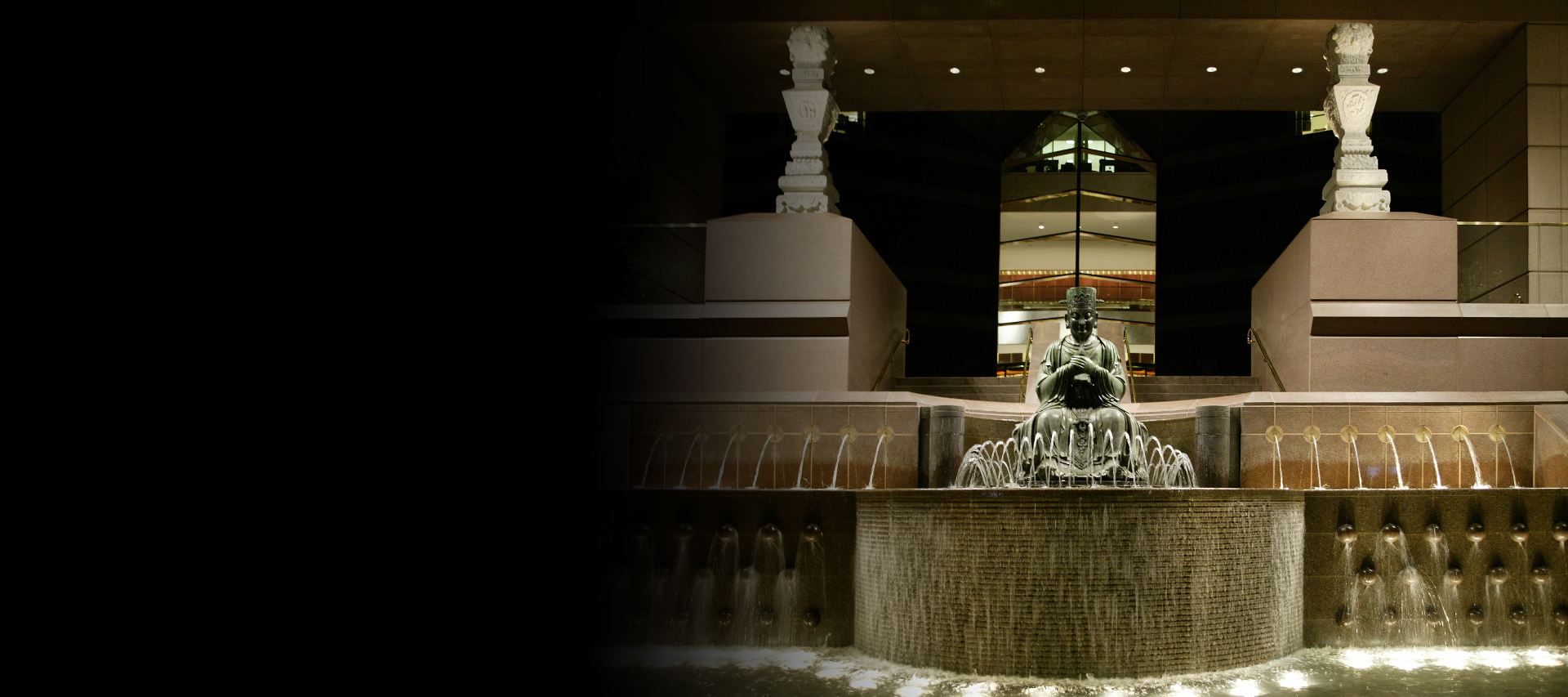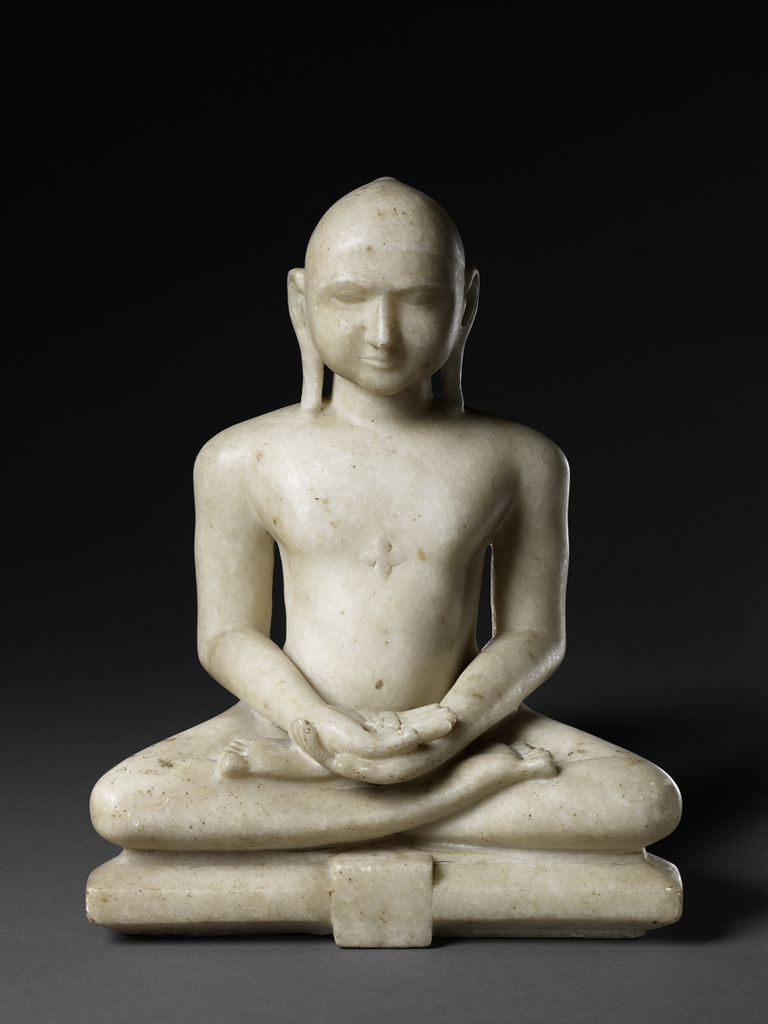
Culture/Country: India, Rajasthan
Period: 17th century
Medium: Marble
Collection Title: Crow Collection of Asian Art
Accession Number: 1982.66
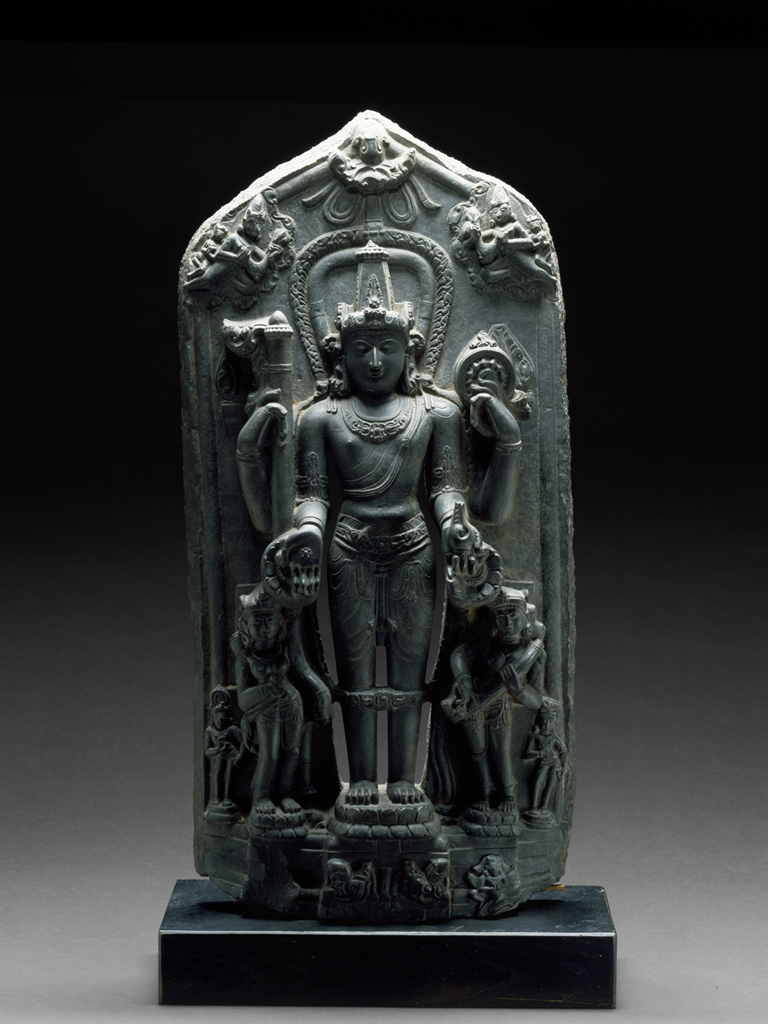
Culture/Country: Northeast India, Bengal or Bihar province
Period: Executed in the 13th – 14th century in the style of the late Pala period
Dimensions: 31 x 14 x 6.5 in.
Medium: Blackstone
Collection Title: Crow Collection of Asian Art
Accession Number: 1985.21
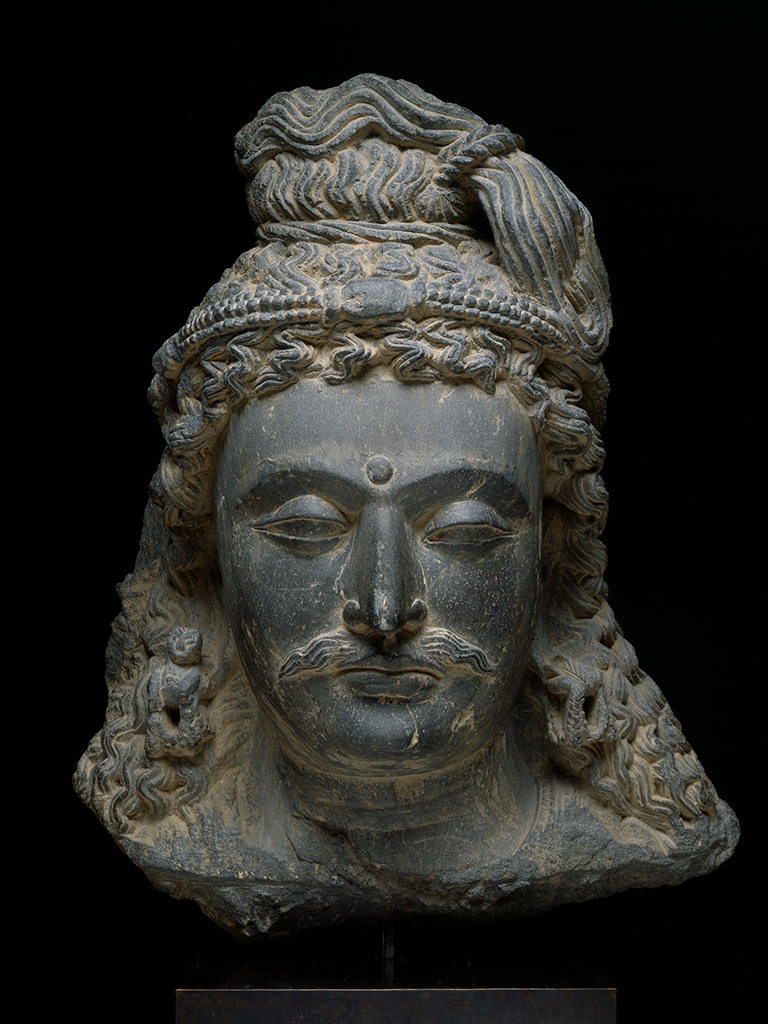
Culture/Country: Northwest India, Gandhara region
Period: 3rd century
Medium: Gray schist
Collection Title: Crow Collection of Asian Art
Accession Number: 1982.3
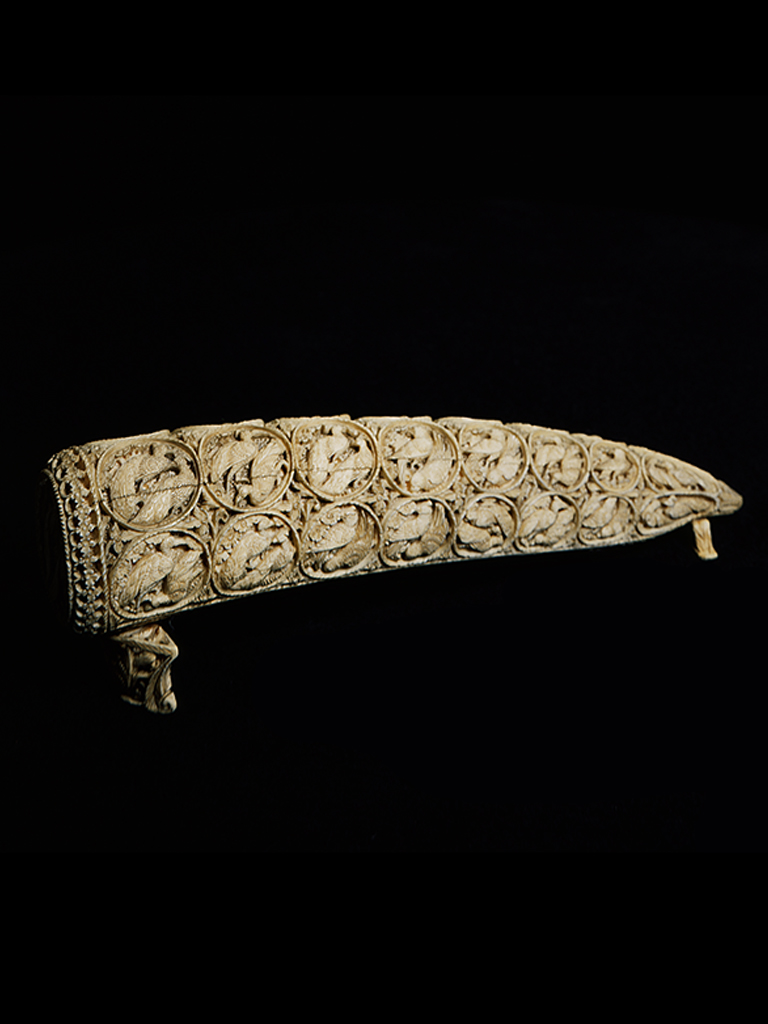
Culture/Country: India
Period: Mughal period, 18th century
Medium: Ivory
Collection Title: Crow Collection of Asian Art
Accession Number: 1960.49
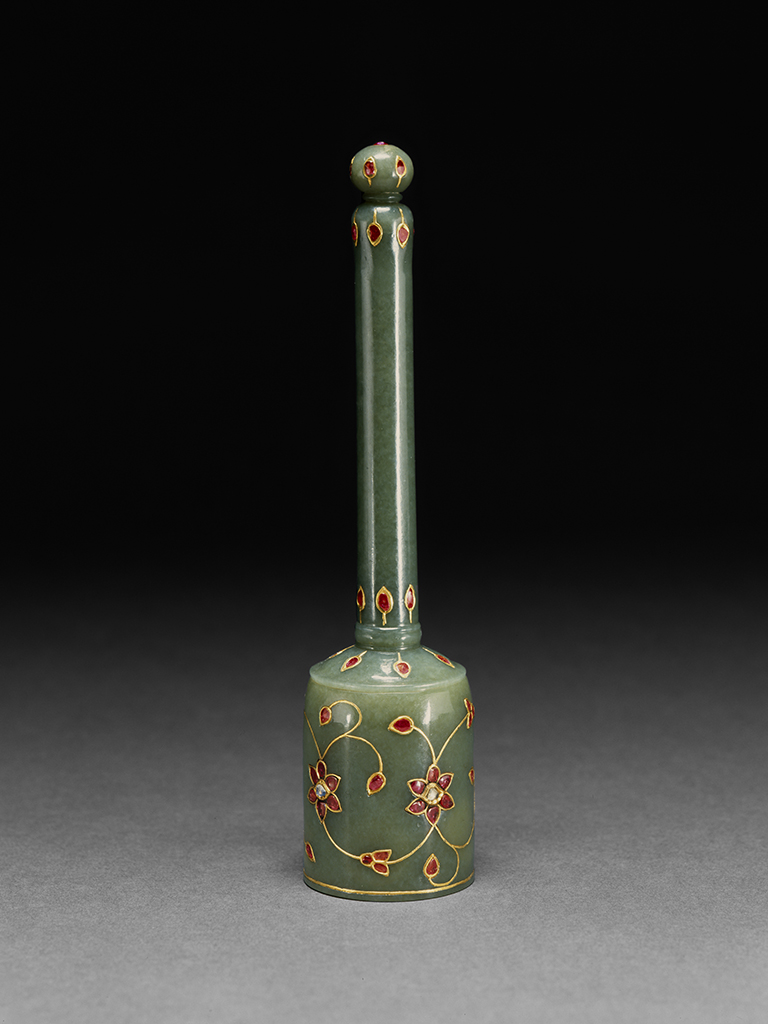
Culture/Country: India
Period: Mughal period, 19th century
Medium: Nephrite, gold, and gemstones
Collection Title: Crow Collection of Asian Art
Accession Number: 1974.8
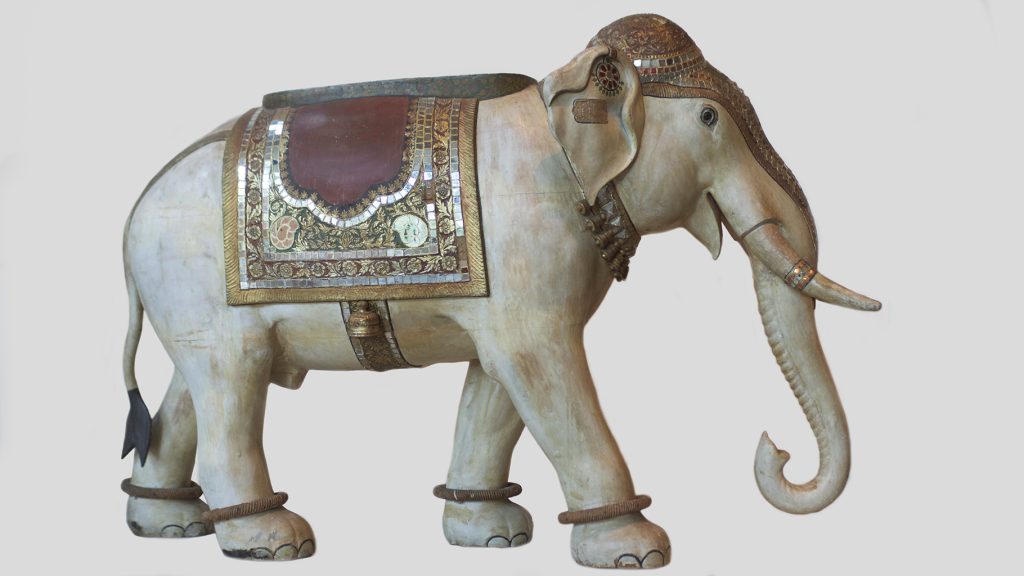
South India, Pondicherry region, 19th century
Wood with polychrome pigments and inset glass mirrors
1979.17
This exhibition presents a selection of choice works from the Museum’s permanent collection of art from India, focusing on a few significant time periods and geographic areas.
The exhibition’s earliest period of focus is Gandhara, part of the overland trade routes that linked the Hellenistic world that blended Near Eastern and classical Greek cultures, with Central Asia, India and China. Buddhist sculpture, like the museum’s head of a Bodhisattva carved in gray schist, and architectural reliefs from the 1st through 7th centuries CE incorporated styles from classical Greece and Rome. This early cosmopolitanism that later traveled to China, Japan, and Korea, as well as other parts of India.
Throughout India’s history, there was a continued attention to the art of Jainism, one of India’s three classical religions along with Buddhism and Hinduism.
The northeastern Pala empire (8th – 12th centuries) in what is today Jarkhand, Bihar, West Bengal, and Bangladesh, was one of the last strongholds of Buddhism in India. This region was the home of many important pilgrimage sites and monastic study centers, and much Pala sculpture relates to classical themes of the life of the Buddha as seen in the Crow Collection’s stele of the Shakyamuni Buddha Preaching. In the later Pala period, the sculpture of Hinduism was created with similar stylistic treatment. Not surprisingly, small stele sculptures were common to both religious traditions, as temples were constructed out of brick, adorned with freestanding sculpture that fit into wall niches.

South India, Pondicherry region, late 18th century
Wood with polychrome pigments, gilt and inset glass mirrors
1981.13
Chola period (9th – 13th centuries) sculpture developed as an integral part of the grandiose stone temple complexes built by rulers and arts patrons that encouraged a flowering in the visual arts and architecture as well as poetry, dance, drama, and music. Schools and colleges were located adjacent to temples. In addition these temples served as banks, archives, libraries, public records offices, and performing arts venues for dance, drama, and music as well as visual arts including architecture, stone sculpture, painting, and bronze sculpture.
The art of the Mughal period (16th – 19th centuries) reflects the refinement of life at the emperors’ courts as well as the diversity of Indian folk art that thrived outside of the courts. There was also local patronage of religious art of Hinduism and Jainism that existed in parallel with the rulers’ Islamic faith. Ceremonial daggers like those in the Crow Collection were important parts of ceremonial adornment at the Mughal court. Realistic animal imagery carved into bejeweled dagger hilts is an example of the influence of Indian sculpture like the Museum’s exuberant, brightly painted horse sculpture from Pondicherry, a Tamil region under French rule.
Throughout India’s history, there was a continued attention to the art of Jainism, one of India’s three classical religions along with Buddhism and Hinduism. Devotional sculpture like the Museum’s white marble “Conqueror” or Jina, was part of the significant arts patronage by the Jain community that resulted in breathtaking temple complexes, many of which are located in the northwestern states of Gujarat and Rajasthan alongside Mughal and Rajput architecture.
More than anything, the pieces of art in this exhibition invite visitors to connect with India’s rich and varied historical periods and to celebrate the interesting connectivities across time and place.
